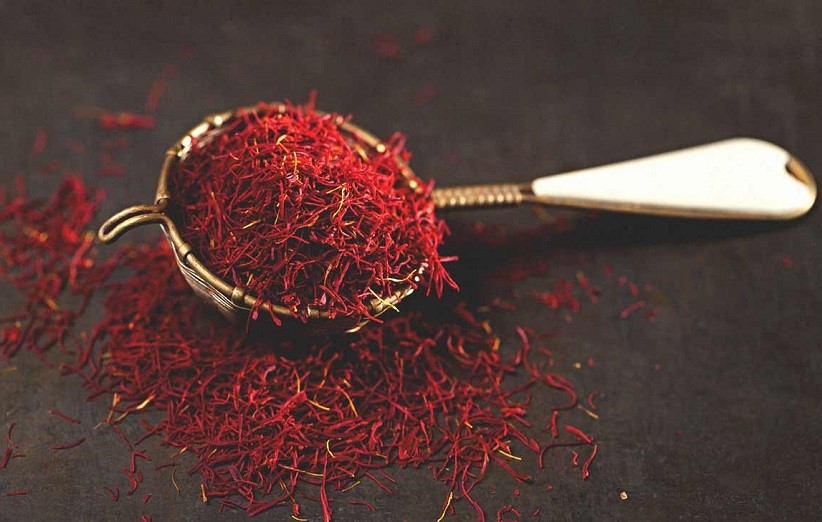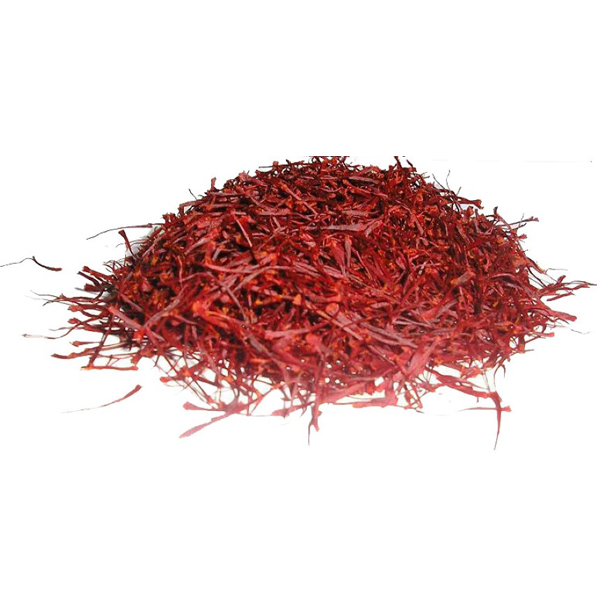Why the World Wants More of the “Red Gold”
Saffron, often called the “red gold” of spices, holds a premium place in global cuisine and health markets. With its distinct aroma, vibrant color, and numerous medicinal benefits, saffron has become one of the most sought-after spices worldwide. As demand increases, countries across the globe are turning to saffron not just for tradition but for its expanding role in modern industries.

What Drives the Rising Global Demand for Saffron?
Several factors contribute to the consistent growth in global saffron demand. Consumers, chefs, and industries alike are turning to saffron for its wide range of uses and high perceived value.
-
Health and Wellness Trends: As health-conscious lifestyles become more common, saffron has emerged as a natural remedy for various conditions. Studies suggest it may support mood regulation, reduce PMS symptoms, and improve eye health. Consequently, it’s gaining traction in the nutraceutical and pharmaceutical sectors.
-
Luxury in Cuisine: In culinary circles, saffron remains a symbol of luxury and refinement. From Persian rice dishes to European seafood recipes, chefs use saffron to add color, aroma, and flavor. Its presence in gourmet dishes further fuels demand from restaurants and food manufacturers.
-
Clean Label and Natural Products: Today’s consumers prefer clean ingredients. Saffron, being natural and free from additives, fits this trend perfectly. As a result, demand is growing not only in food but also in cosmetics and wellness products.
Top Regions Leading Saffron Consumption and Import
The global saffron market continues to expand, with certain regions showing particularly high demand.
-
Middle East and North Africa (MENA): This region is both a major producer and consumer. Iran leads global production, but local demand stays strong due to cultural and culinary traditions. Moreover, increasing exports from Iran, Morocco, and Afghanistan meet rising international needs.
-
Europe: Countries like Spain, France, and Italy import large quantities of saffron for both cooking and industrial use. In recent years, Europe has also seen a rise in boutique saffron farms, especially in southern regions, adding to local supply.
-
Asia-Pacific: India and China show strong growth in saffron consumption. In India, saffron is deeply tied to traditional medicine and religious rituals. Meanwhile, Chinese markets use saffron in herbal teas, supplements, and skincare.
-
North America: The U.S. and Canada are witnessing higher saffron imports as the demand for natural food coloring and high-end ingredients grows. In addition, more consumers are purchasing saffron for home cooking and health benefits.
Opportunities for Exporters and Retailers
With global saffron demand on the rise, exporters and businesses have multiple opportunities to grow.
-
Target Premium Markets: Saffron’s luxury status makes it ideal for premium retail channels. Focusing on gourmet markets, upscale grocery chains, and specialty wellness brands can yield high returns.
-
Offer Verified Quality: Due to frequent adulteration, customers seek saffron with verified purity. Certifications like ISO 3632 grading, organic labeling, and lab testing can build consumer trust and command higher prices.
-
Expand Product Formats: Selling saffron in threads, powders, capsules, or infused products (like teas or skincare) allows brands to reach different segments. Therefore, innovation plays a key role in increasing market share.
Saffron’s Bright Future in Global Markets
Saffron demand is stronger than ever. With its health benefits, culinary prestige, and clean-label appeal, it continues to grow across multiple regions and industries. Exporters, retailers, and producers who focus on authenticity, sustainability, and innovation are well-positioned to capitalize on the rising saffron trend.






